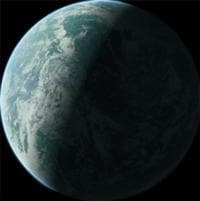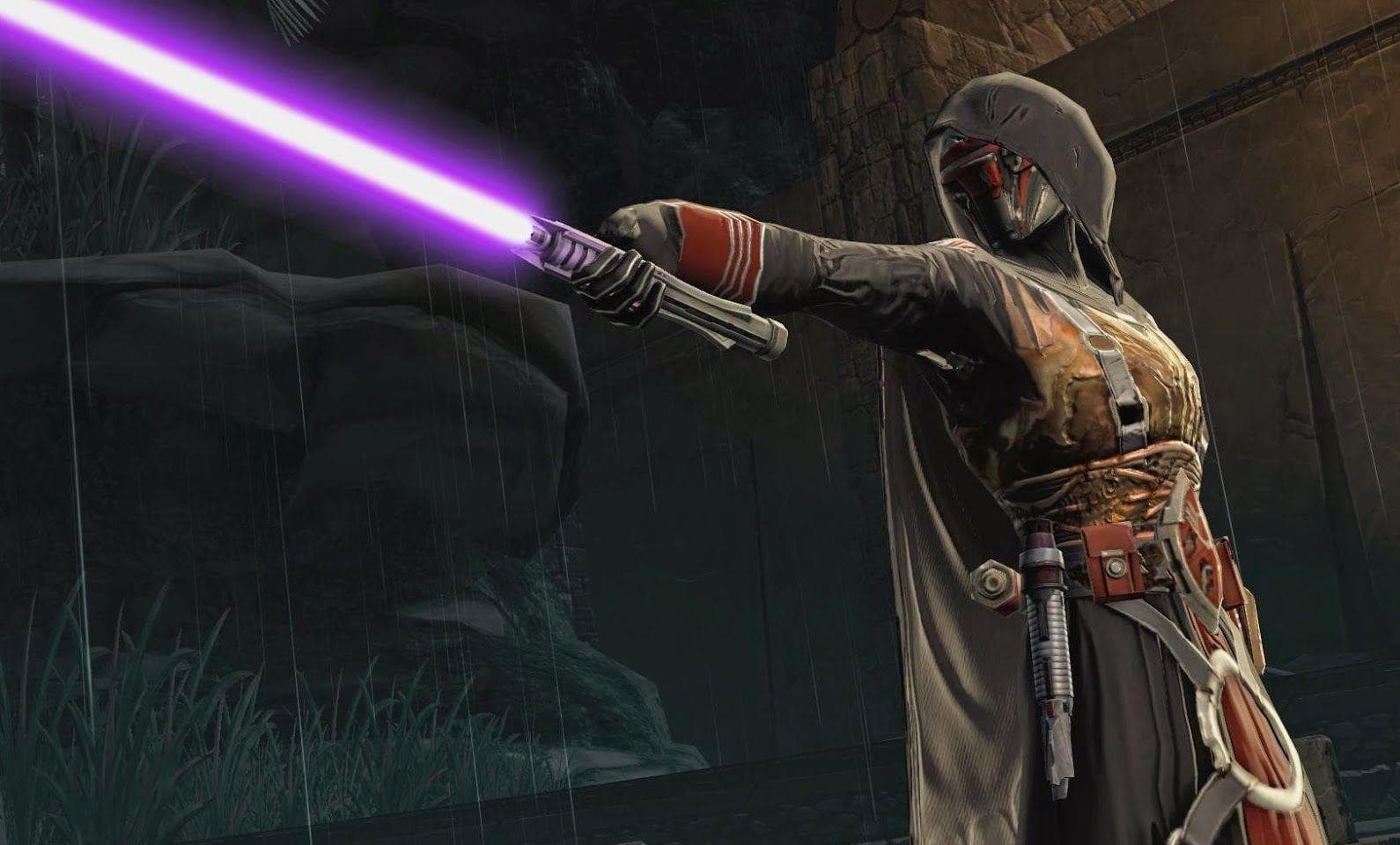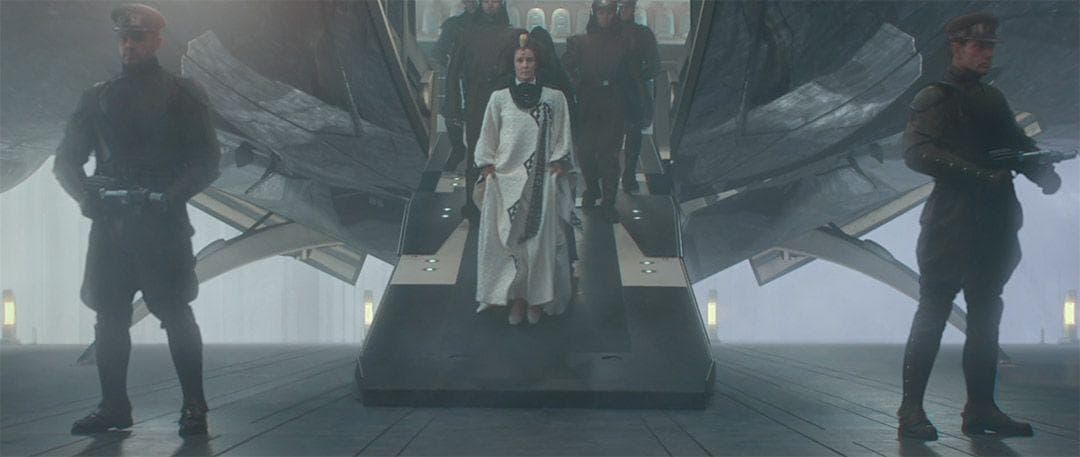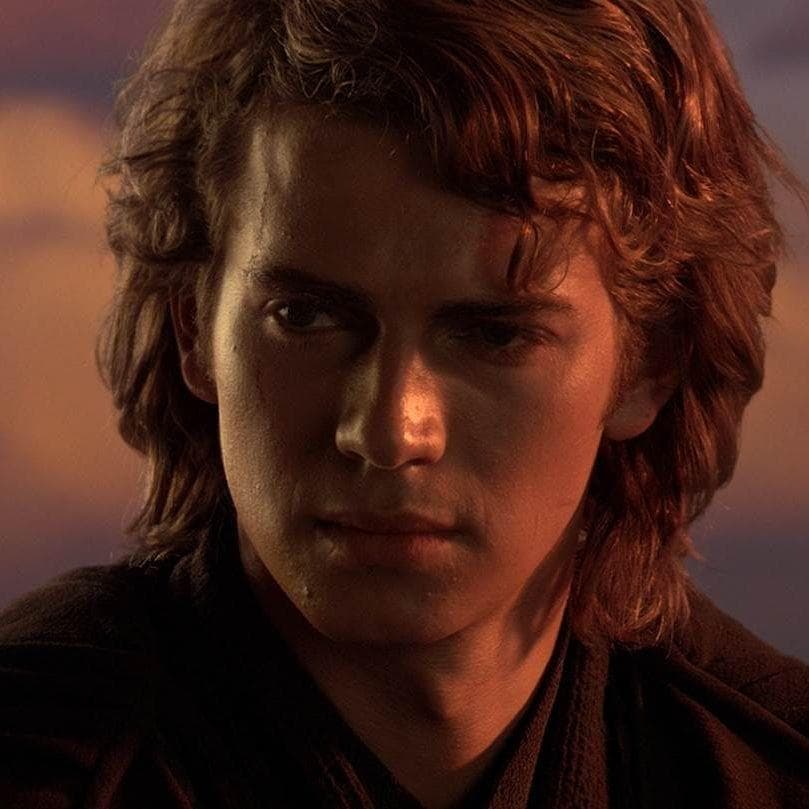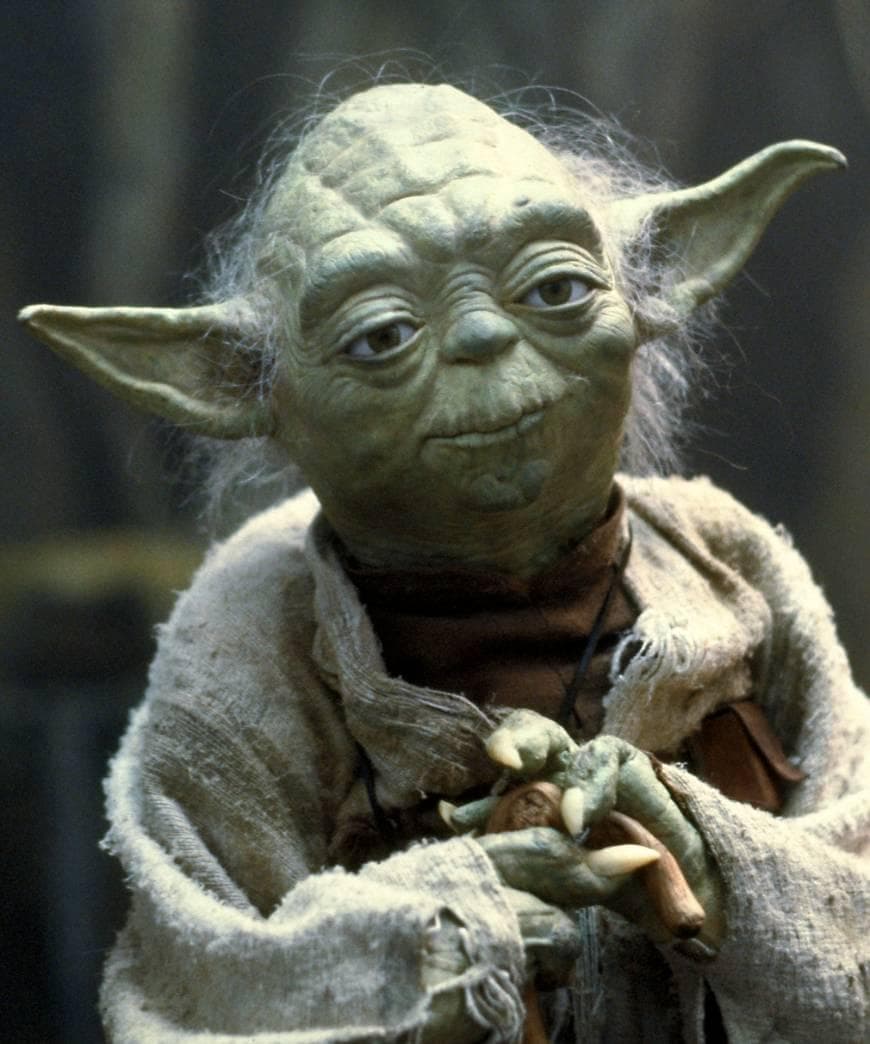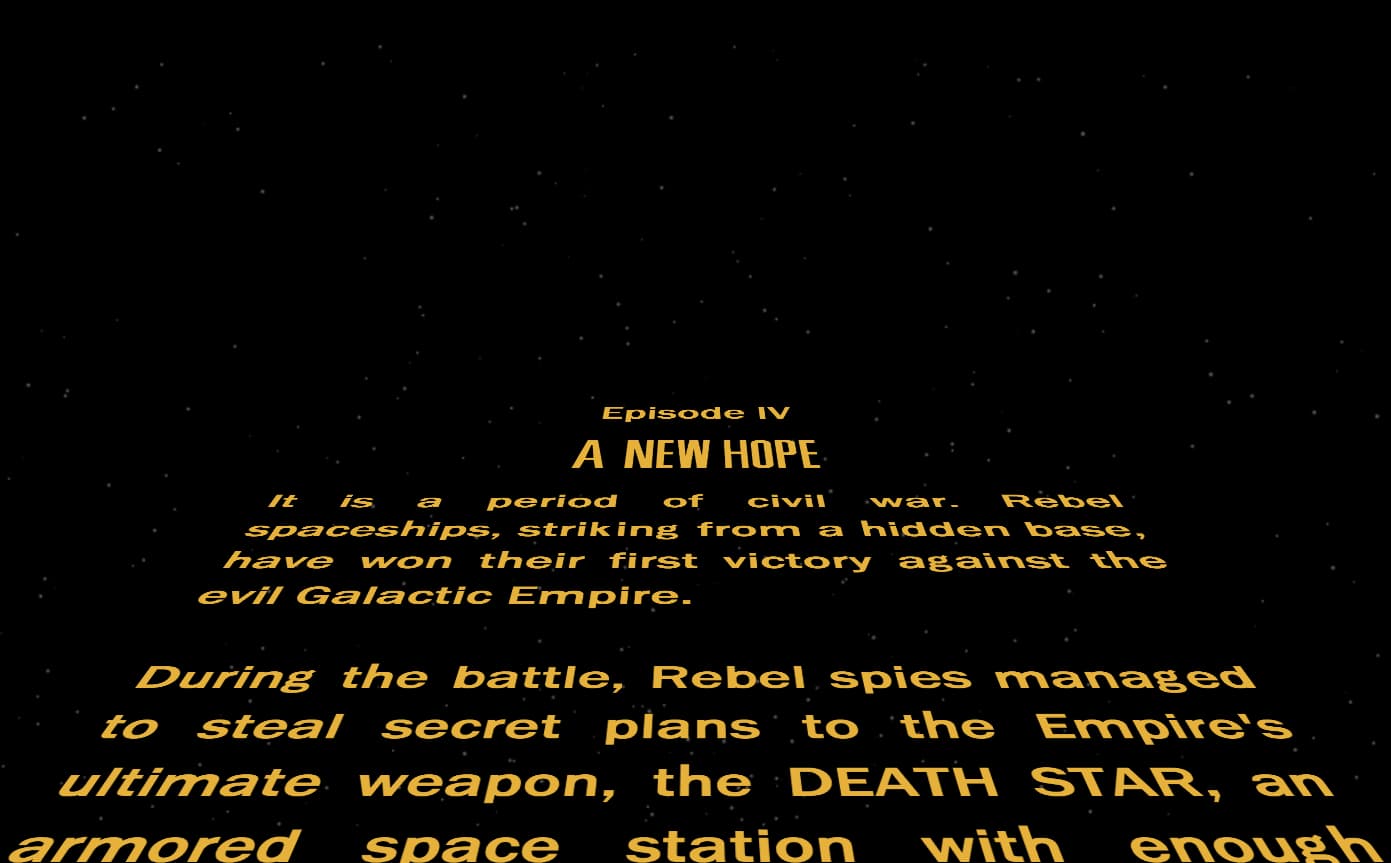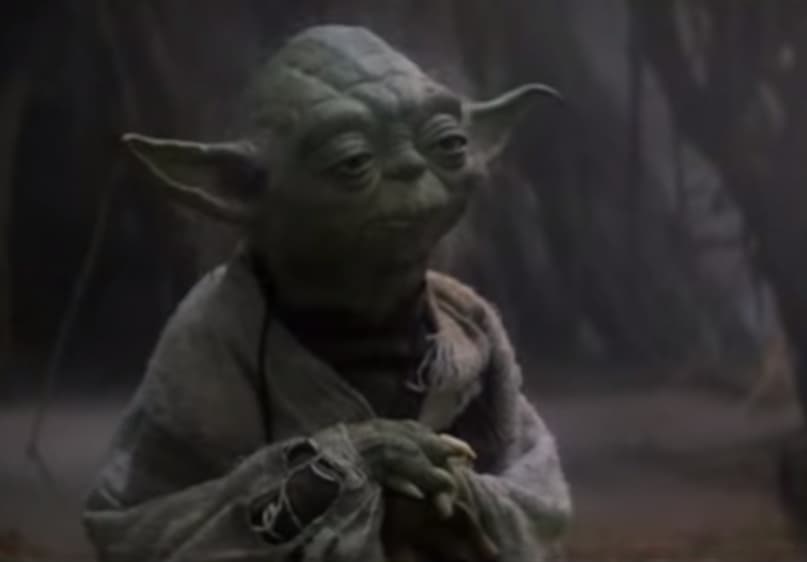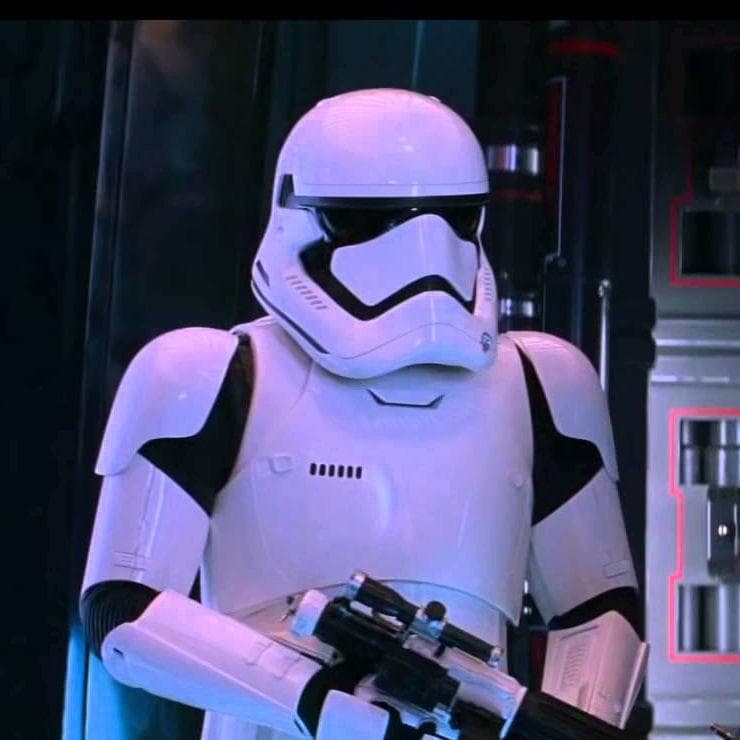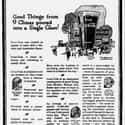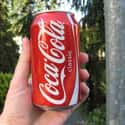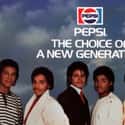-
(#5) In Response, Coke Launched Its Secret 'Project Kansas'
Mishap aside, the partnership between Pepsi and Jackson was a success. Pepsi sales shot up as its commercials - which included Pepsi-specific lyrics set to the tune of "Billie Jean" - revolutionized marketing. Celebrities like Lionel Richie, Michael J. Fox, David Bowie, and Madonna all began aligning themselves with Pepsi, the soft drink of the "New Generation."
As Pepsi became associated with music, the brand also pushed for product placement in movies. Coca-Cola had always been dominant on the big screen but, as Pepsi began to usurp its position, the commercials themselves pushed Coca-Cola aside. One Pepsi commercial even featured an archaeologist holding a Coca-Cola bottle, implying a future where the brand ceased to exist.
Lines were being drawn, to the point that some consumers considered one brand or the other part of their identity. As one journalist and Pepsi-devotee Brian Junger dramatically put it, he didn't "want to know any Coke people... I'm surprised we didn't just divide the country and put our own sort of pop wall up."
Coca-Cola's response to Pepsi's gains was a complete redesign. Coca-Cola decided it was going to change its tried-and-true formula, and the goal of its secret "Project Kansas" was to find a new flavor. The codename, Project Kansas, was an homage to editor William Allen White, an avid Coca-Cola drinker who called the beverage "the sublimated essence of all that American stands for." (Arguably, White would not have considered a new flavor appealing.)
Coca-Cola made its product sweeter and tested it on consumers through a series of focus groups and surveys. Market researchers estimated the new and improved product would be well-received by the general public, though probably rejected by traditionalists. Coca-Cola was willing to take that risk.
-
(#1) Coke And Pepsi Had Competed Since The 1890s, But Coke Was Always The Clear Front-Runner
Coca-Cola was invented in 1886 by Georgia pharmacist Dr. John S. Pemberton. A blend of carbonated water and sweet syrup, Coca-Cola was first sold as a fountain drink with wild success. According to the first advertisement for Coca-Cola in The Atlanta Journal that same year, it was, "Delicious! Refreshing! Exhilarating! Invigorating!"
As Coca-Cola's popularity grew, imitations emerged. In 1893, Dr. Caleb Bradham, also a pharmacist, developed "Brad's Drink" from sugar, water, caramel, and other natural flavors. In Bradham's native North Carolina, "Brad's Drink" was a hit. Five years later, Bradham changed the name of the drink to Pepsi-Cola.
Even with Pepsi-Cola on the market, Coca-Cola remained the most popular soft drink. The Pepsi-Cola Company, founded in 1902, struggled during the first decades of the 20th century, even declaring bankruptcy in 1923. But it rebounded, thanks to some restructuring, during the 1930s. Yet Coca-Cola continued to surge forward.
Over the course of the 1920s and '30s, Coca-Cola successfully marketed to children, adopting Santa Claus as a mascot of sorts and advertising in schools. By the start of World War II, Coca-Cola was also sold internationally and could be found in 44 countries.
The mid-20th century saw a shift in Pepsi's branding and marketing. The company adopted cans rather than bottles and targeted minority populations. Pepsi merged with Frito-Lay in 1965, hoping to further its presence in restaurants and supermarkets alike. Meanwhile, Coca-Cola launched new products - most notably Sprite, TaB, and Fresca - and continued to expand internationally.
By the 1970s, when Pepsi threw down the gauntlet with the Pepsi Challenge, Coca-Cola was still the front-runner in soft drink sales. However, it was slowly losing ground due to general brand stagnation.
-
(#2) In The '70s, The 'Pepsi Challenge' Dealt A Massive Blow To Coke And Sent The Company Scrambling
The Pepsi Challenge, first issued to consumers in 1975, escalated the modest rivalry between Coca-Cola and Pepsi. According to a former public relations vice president for Pepsi, Ken Ross, the company had very little to lose.
To conduct its challenge, Pepsi set up at shopping malls and comparable public sites and asked normal, everyday people to sample Pepsi and Coca-Cola in a blind taste test. Then they filmed the results. Though the test was simple, it was a revolutionary marketing campaign for the time - and it worked. The results indicated more than 50% of the tasters preferred Pepsi, a startling figure that sent shock waves through the Coca-Cola corporation.
Pepsi ads proclaimed victory, praising consumers for knowing "a winner when you taste one." According to Coca-Cola representatives, Pepsi had the odds in its favor simply because its product was slightly sweeter than Coke. With a higher sugar content, a sip of Pepsi was naturally going to appeal to tasters. Coca-Cola also saw the whole thing as unfair and generally just plain poor business practice.
In response to the Pepsi Challenge, Coke went out to get the biggest celebrity endorser it could find: Bill Cosby. At the time, Cosby was considered the personification of family thanks to his role on The Cosby Show. Cosby became the face of Coke and, as part of an early 1980s marketing campaign, "spied" on the Pepsi challenge tests. Cosby would pull out binoculars and point out the flaws in Pepsi's methodology, revealing just how much people loved Coke.
-
(#9) Coke Tried To Save Face By Bringing Back The Old Recipe As 'Coca-Cola Classic'
It didn't take long for Coca-Cola to face the truth that New Coke was a mistake. In July 1985, Coca-Cola President Donald R. Keough announced, "All of the time and money and skill that we poured into consumer research could not reveal the depth of feeling for the original taste of Coca-Cola." As a result, it would be returning to that formula. Now called Coca-Cola Classic, the reintroduction of the drink didn't eliminate the presence of New Coke on shelves. Coca-Cola now had six products in the marketplace.
Coca-Cola tried to sell its old and new sodas together, hoping to seize upon "the same affection for and identification with the brand." Coca-Cola Classic appeased some consumers, but sales of both products failed to match overall Coca-Cola sales for 1984. The company then tried to split up the products, marketing New Coke to younger consumers with commercials featuring figures like Max Headroom. Coca-Cola Classic was spun as a more traditional piece of Americana.
In the 1990s, New Coke was rebranded as Coke II, but its weak sales figures led to the flavor being officially discontinued in 2002.
-
(#8) Pepsi Jumped On The Fiasco And Directly Made Fun Of Coke In Its Ads
Pepsi seized on Coke's media fiasco. The company held events to promote its own products, even handing out free samples - presumably to unhappy, former Coca-Cola drinkers. It took the release of New Coke as an admission on Coca-Cola's part that there was an intrinsic flaw in its product, something it felt the need to address. Pepsi, not in need of a new formula, proclaimed itself to just be better.
Pepsi CEO Roger Enrico even boasted to the The New York Times, "After 87 years of going at it eyeball to eyeball, the other guy just blinked.... There is no question the long-term market success of Pepsi has forced this move."
Pepsi put out ads about the change, commercials like the one that featured a betrayed Coca-Cola drinker asking, "Why did Coke change?" She then drinks a Pepsi, which causes a revelation: Pepsi is clearly better, the "Choice of a New Generation."
-
(#4) Pepsi Positioned Itself As The Younger, Hipper Brand, And Landed Michael Jackson As A Spokesperson
Pepsi seized upon the notion that Coca-Cola was now passé. Pepsi CEO Roger Enrico wanted to reach out to young consumers and, with the help of entrepreneur Jay Coleman, linked popular culture and soft drinks. Coleman worked with Michael Jackson's managers to secure an endorsement deal.
Throughout the 1980s, Jackson cemented his title as the King of Pop. Thriller, released in 1982, went on to win eight Grammys and sell hundreds of millions of copies, and Jackson was in demand as a musician and endorser. Though first approached by Coca-Cola, Jackson and his team passed on the company's $1 million deal in favor of a deal with Pepsi in 1984.
The deal struck between Pepsi and Jackson - later revealed to be for $5 million - was touted as the "biggest personal endorsement deal in history" by the Guinness Book of World Records. Jackson was going to be the centerpiece of Pepsi's "Choice of a New Generation" campaign.
Unfortunately, while filming his second Pepsi commercial in 1984, Jackson was involved in a mishap involving pyrotechnics on the stage. Jackson experienced severe burns on his head, face, and scalp that would scar him for the rest of his life. Jackson's camp later released a statement that it was "an accident and [he] had no ill will towards anyone including Pepsi."
New Random Displays Display All By Ranking
About This Tool
Coca-Cola and Pepsi are the most popular drinks on the planet. Today, the two brands are over a hundred years old, and you can see their products in supermarkets, restaurants, and grocery stores all over the world. What is puzzling is that in other industries, even though there are many century-old brands, there is no such long-lasting war. The Cola War between Coke and Pepsi also let posterity learn the essence of commercial war.
From the creation of the brand in the 1980s to today, the war between them has never stopped. Both two brands have been launching new products, cooperating with celebrities, and spending more and more money over the years. You could know more about their war in the 1980s with the random tool.
Our data comes from Ranker, If you want to participate in the ranking of items displayed on this page, please click here.


